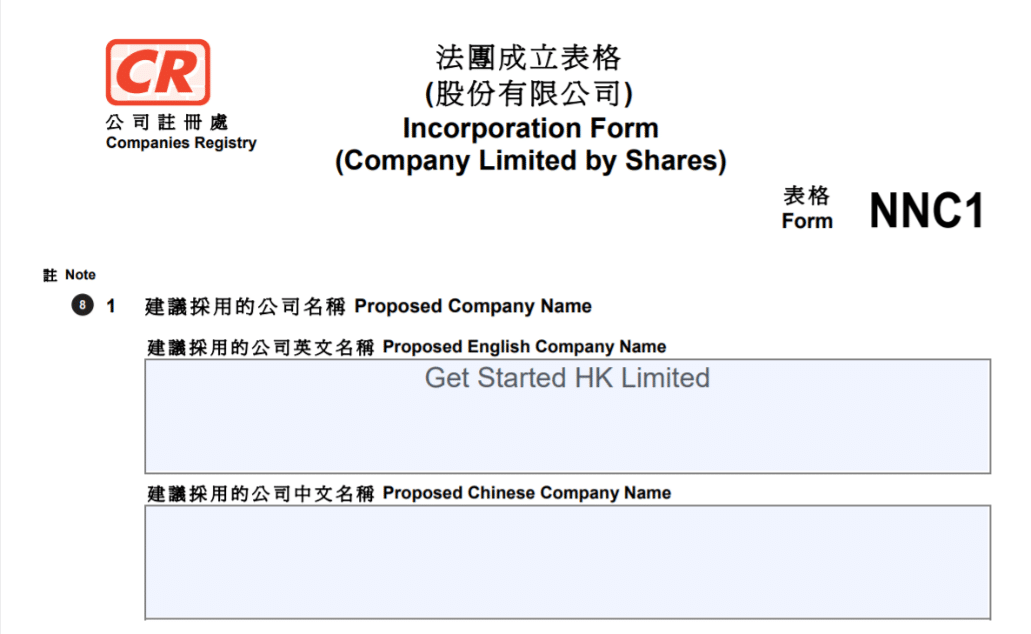
Cardboard tubes, also known as cardboard cylinders or cardboard rolls, are versatile and commonly used in various industries for packaging, shipping, crafting, and more. These cylindrical tubes offer a sturdy and eco-friendly solution for storing and transporting goods while also being customizable for different purposes. If you’ve ever wondered about the process behind manufacturing cardboard tubes, you’re in the right place! In this comprehensive guide, we’ll delve into the fascinating world of cardboard tube production, exploring the materials used, the manufacturing process, and the potential applications of these versatile products.
Understanding Cardboard Tubes
Before diving into the manufacturing process, let’s first understand what cardboard tubes are and their significance in different industries.
What are Cardboard Tubes?
Cardboard tubes are cylindrical containers made from sturdy paperboard material, typically formed by winding layers of paper into a tube shape. These tubes come in various diameters, lengths, and thicknesses, catering to different requirements across industries. Cardboard tubes are renowned for their durability, lightweight nature, and eco-friendliness, making them a preferred choice for packaging and shipping purposes.
Applications of Cardboard Tubes
Cardboard tubes find applications in numerous industries, including:
- Packaging: Used for packaging products such as posters, documents, textiles, and more.
- Shipping: Provide a protective casing for delicate items during transit.
- Crafting: Serve as a versatile material for DIY projects, such as cardboard roll crafts, art installations, and educational activities.
- Construction: Used as formwork in concrete construction and as core material in composite structures.
Now that we have a basic understanding of cardboard tubes and their applications, let’s explore how these cylindrical wonders are manufactured.
The Manufacturing Process of Cardboard Tubes
The production of cardboard tubes involves several steps, each crucial in ensuring the quality and functionality of the final product. Here’s a step-by-step guide to the manufacturing process:
1. Raw Material Selection
The manufacturing process begins with the selection of high-quality raw materials. Cardboard tubes are typically made from recycled paperboard or virgin pulp, depending on the desired strength and appearance of the final product. These materials undergo rigorous quality checks to ensure they meet industry standards.
2. Paper Winding
Once the raw materials are ready, the paper winding process begins. This process involves feeding the paperboard material through a series of rollers and adhesive applicators, gradually forming it into a cylindrical shape. The diameter and thickness of the tube can be adjusted based on the requirements of the end product.
3. Adhesive Application
As the paperboard is wound into a tube, adhesive is applied to the overlapping edges to securely bond them together. The type of adhesive used may vary depending on factors such as environmental conditions and end-use requirements. The adhesive is carefully applied to ensure uniform bonding and structural integrity.
4. Cutting and Shaping
Once the adhesive has set, the continuous tube is cut into individual lengths according to the desired specifications. Precision cutting equipment is used to ensure accuracy and consistency across multiple tbes. Additionally, the ends of the tubes can be shaped or sealed as needed for specific applications.
5. Quality Control
Quality control is an essential aspect of the manufacturing process to ensure that the final products meet industry standards and customer expectations. Each cardboard tube undergoes thorough inspection for defects, dimensional accuracy, and structural integrity before being packaged for distribution.
Potential Applications of Cardboard Tubes
Now that we’ve explored how cardboard tubes are manufactured, let’s discuss some of the potential applications of these versatile products:
- Packaging: Cardboard tubes are widely used for packaging posters, blueprints, textiles, and other cylindrical or elongated items. Their sturdy construction provides protection during transit, minimizing the risk of damage.
- Shipping: Cardboard tubes serve as an eco-friendly alternative to traditional packaging materials for shipping delicate or irregularly shaped items. They can be customized with additional features such as end caps and labeling for enhanced functionality.
- Crafting: Cardboard tubes are a favorite material among DIY enthusiasts and artists for creating a wide range of crafts and projects. From binoculars and kaleidoscopes to planters and pencil holders, the possibilities are endless.
- Construction: In the construction industry, cardboard tubes are used as formwork for casting concrete columns, pillars, and other structural elements. Their lightweight nature and ease of handling make them an ideal choice for temporary molds.
In conclusion, cardboard tubes are versatile, eco-friendly, and indispensable in various industries. From packaging and shipping to crafting and construction, these cylindrical wonders play a vital role in our daily lives. By understanding the manufacturing process behind cardboard tubs, we gain a deeper appreciation for their functionality and potential applications.
Whether you’re in need of sturdy packaging solutions or looking for inspiration for your next craft project, cardboard tubs offer endless possibilities. So why not get creative and explore the world of cardboard tube crafts today?
So, the next time you come across a cardboard tube, whether it’s holding your favorite poster or waiting to be transformed into a work of art, remember the intricate process that goes into its creation. Cardboard tubes may seem simple, but their impact is anything but ordinary.

